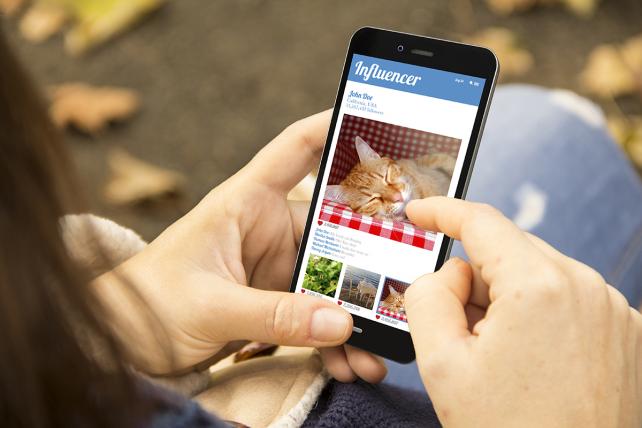by Wendy Marx, AdvertisingAge (excerpt)

influencer istock Credit: milindri/iStock
Influencer marketing is all the rage among marketers. There’s just one tiny problem.
It’s grossly underutilized.
According to a recent survey by Traackr and Top Rank Marketing, 43% of companies report being in the experimental stages of influencer marketing; another 28% said their programs are tactical. The numbers are more lopsided on the B2B side: just 15% of B2B marketers report having an ongoing, integrated program.
Despite all the hubbub about influencer marketing, companies aren’t putting their money where their mouth is. The majority of the marketers surveyed spend less than $100,000 a year on influencer marketing — pocket change for larger companies.
Here’s the rub: Influencer marketing is being used for one-offs, not strategically.
It’s easy to confuse influencer marketing with someone like a Kardashian hawking the latest product on social media for big bucks. Sure, that can work for brands willing to fork over thousands for a tweet. But it’s no different from paying any celebrity to endorse or advertise your product.
True influencer marketing isn’t greasing celebrities’ palms for tweets. Instead, it’s developing ongoing relationships with respected industry influentials — those with engaged, devoted audiences — so that they become closely connected with a brand and a company.
Influencer marketing at its best is used throughout an organization, not just by marketing, but by HR, and pre- and post-sales support. That way, it adds value throughout a customer’s journey, not just at the awareness stage. […]
An engine for growth
“While paid endorsements and one-off initiatives may offer short term benefit, Influence 2.0 (the next stage of influencer marketing) offers the capacity to become part of the customer journey,” writes Brian Solis, principal analyst at Altimeter and author of Influence 2.0: The Future of Influence Marketing, a report based on the research above.
What Solis means is that to reverse the traditional approach of influencer marketing, begin with the customer, not the influencer. That way, influencer marketing can be embedded within an organization and impact every part of the customer experience — from awareness … to lead generation and nurturing … to sales … customer retention and advocacy. It begins with understanding the customers’ journey and aligning influencers with each stage. It’s determining who your customers are listening to, and where, so you can identify influencers who resonate with them. Only in that way will influencer marketing truly grow up.



Leave a Reply